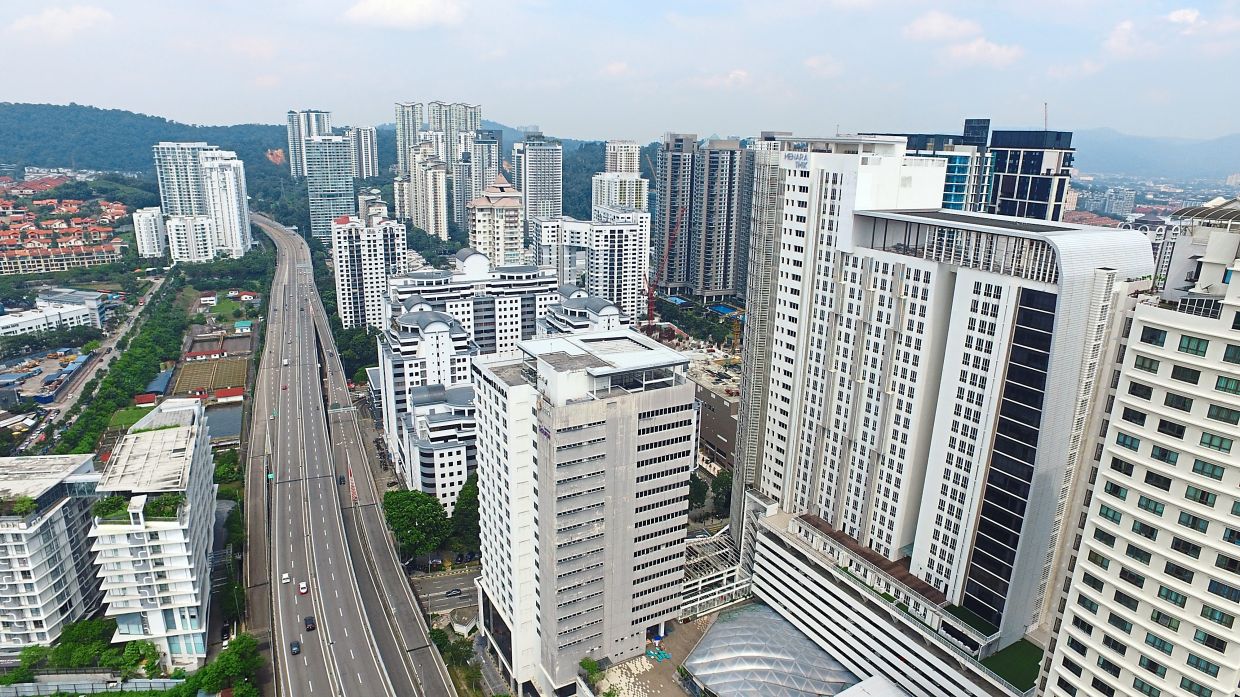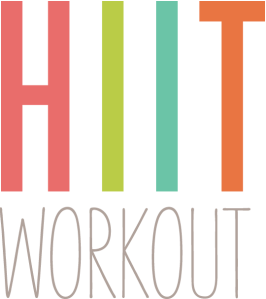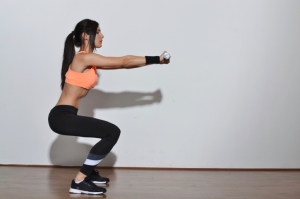

Yesterday’s new infections were made up of 3,021 local transmissions and six imported cases. The local infections involved 1,577 (52.2 percent) Malaysians and 1,444 non-citizens.
Earlier this week, Dr Noor Hisham expressed the government’s concern over the spiralling numbers and said that healthcare facilities were struggling to cope with the steep rise in new cases.
For the record, during the week under review, 2,295 new cases were reported on Saturday, Jan 2; 1,704 (Sunday), 1,741 (Monday), 2,027 (Tuesday), 2,563 (Wednesday and 3,027 (yesterday).
The spike in new cases since October last year also prompted the government to extend the Recovery Movement Control Order (RMCO), which was supposed to end on Dec 31, by another three months to March 31.
With its cumulative total of 128,465 COVID-19 cases, Malaysia – which occupied the 71st spot yesterday in the list of 216 countries hit by the pandemic – is now at the 69th spot, overtaking Ethiopia (126,786 cases) and Myanmar (128,178 cases).
China, where the coronavirus was first detected at the end of 2019, stood at the 82nd spot with 87,278 cases, while Malaysia’s neighbour Singapore is at the 88th spot with 58,813 cases.
When Malaysia recorded 22,089 active cases on Monday (Jan 4), Dr Noor Hisham voiced his concern over the nation’s ability to accommodate patients at the various Quarantine and Low-Risk Centres and hospitals gazetted to treat COVID-19 cases as the facilities’ maximum capacity was 23,000.
At his media briefing on Wednesday, he said stricter measures may have to be implemented as a circuit breaker to prevent further spikes in new cases.
According to Dr Noor Hisham, the Ministry of Health (MOH) is currently studying new strategies which will be submitted to the National Security Council (NSC) for consideration in view of the rise in new infections after the ban on interstate and inter-district travel was lifted on Dec 7.
A targeted movement control order is expected to be imposed which will take into consideration COVID-19 cases and clusters in each state and district.
Dr Noor Hisham said MOH was not able to bring down the R-naught (R0) value to 0.5 as projected earlier to flatten the infection curve. The R0 value currently stood at 1.1 and is expected to rise to 1.2 or higher.
In a post on his personal Facebook account yesterday, he said if the R0 value remained at 1.2, daily new cases will reach 3,000 in the second week of February; 5,000 in the second week of April; and 8,000 in the fourth week of May.
The R0 value refers to the infectivity of a virus at the start of an outbreak in a community and indicates the average number of people who can be infected by the virus concerned.
The easing of travel restrictions has reportedly led to the emergence of five clusters, namely Intan, Semanbu and Tembok Mempaga in Pahang; Seragam Chepa in Kelantan; and Ehsan Ibol in Perak.
Apart from that, as of Monday, there were nine clusters related to social activities and gatherings.
Dr Noor Hisham also said that MOH may place asymptomatic and mild cases at quarantine centres now reserved for travellers returning from overseas.
The matter has already been discussed with NSC, he said, adding that the ministry may also collaborate with the National Disaster Management Agency (Nadma) on this matter.
“The war against the COVID-19 pandemic is not over yet. In fact, it is getting tougher.” Dr Noor Hisham’s grim words at the start of the new year must be taken seriously as Malaysia has been struggling with four-figure new case numbers since the third wave of infections erupted towards the end of September 2020.
Another worrying development is the emergence of a new COVID-19 variant in the United Kingdom which has reportedly been detected in other nations such as the United States, Canada, China and Singapore.
Known as B117, the new strain is said to be 70 percent more infectious and can spread easily to others.
South Africa, meanwhile, has identified a new variant of the coronavirus, referred to as 501Y.V2, which is behind 80 to 90 per cent of new cases reported in that country. Nigeria has also reported a new COVID-19 variant.
Workplace clusters, including those involving construction sites, have continued to contribute to new daily cases reported by the nation.
As of now, Malaysia has reported 579 clusters, out of which 316 have ended. Currently, 254 clusters are still active, with 52 of them reporting new cases. The latter include Bukit Pasir cluster (779 cases), Dataran Utas cluster (156) and Beringin cluster (101).
The Bukit Pasir cluster is in Muar, Johor, and was reported on Dec 24. The Dataran Utas cluster is in Petaling district, Selangor, and was announced on Jan 6, while the Beringin cluster, involving the workers of two factories in Penang, was announced on Nov 27.
Among the workplace clusters responsible for a high number of positive cases is the Seri Lanang cluster, which was announced on Dec 25 with 173 cases. On Jan 6, it recorded another 504 cases.
This cluster involves the districts of Klang, Gombak, Kuala Selangor and Petaling in Selangor.
The biggest cluster so far is the Teratai cluster involving the workers of Top Glove factories in Klang. It recorded 6,374 cases. Following this, the government issued a directive for all foreign workers in Selangor, Negeri Sembilan, Kuala Lumpur, Penang, Sabah and Labuan to undergo COVID-19 screening effective Dec 1, 2020.
As of Jan 4, a total of 99,084 foreign workers have been screened with 2,079 of them testing positive for COVID-19.
Over the 24-hour period up to noon yesterday, 2,145 COVID-19 patients were discharged, bringing the total number of recovered cases to 102,723 (80.0 percent of total COVID-19 cases).
Currently, 142 patients are in the intensive care unit with 63 of them requiring respiratory aid.
MOH reported another eight deaths yesterday and Malaysia’s COVID-19 death toll now stood at 521 (0.41 percent of total cases).
During the week under review, nine fatalities were reported on Jan 2, 11 (Jan 3), seven (Monday), eight (Tuesday), four (Wednesday) and eight (yesterday).
Yesterday, Johor recorded the highest number of new cases at 1,103, with 950 cases from existing clusters and 57 from the new Senai Murni cluster.
Selangor reported 706 new cases with 232 from existing clusters, including 64 from the new Damai Pelangi cluster (involving a detention centre in Hulu Selangor district) and Hartamas construction site cluster.
Sabah reported 493 cases with 363 contributed by screenings of close contacts; and Kuala Lumpur 316 of which 136 were from existing clusters including 118 from the new Jalan Ipoh construction site cluster, Rungkup cluster, Desa Setapak cluster and Jalan Jaya cluster.
Penang reported 111 new cases; Kelantan 66; Negeri Sembilan 63; Perak 59; Kedah 30; Pahang 25; Putrajaya 17; Sarawak 14; Melaka 11; Terengganu 10; and Labuan three.
-- BERNAMA
Related:
Business sector says no to full MCO
Fight the pandemic head-on
Vaccine holds the key to market

Holding well: The residential market will likely remain flat in 2021,
with mid and mid-high landed properties in good locations to continue to
hold well in current times
Vaccine holds the key to market

Experts: Majority ready to accept Covid-19 vaccine but more ...
No choice but to wait and see - PressReader
Dealing with the pandemic and politicians
Are we ready for another lockdown?
Another full-scale lockdown will have bad impact on nation's ...
Related posts:









